Gorgeous Giorgio
The Alfa Romeo Stelvio is the brand's first SUV, and the Quadrifoglio is the range-topping variant. Can the 510hp flagship convince us that Alfa is back in the game?


It’s common banter among car people that Alfa Romeo has had a few false starts in making a comeback. The Giulia, released in 2015, was a watershed moment that proved the brand was really going back to its roots in building emotional sports cars. Built on the Giorgio platform, together with the Stelvio reviewed here, it was finally brought up to speed with its competitors and in some instances, exceeding them.

Thus the Stelvio builds on a strong momentum, this time being Alfa’s first-ever production SUV. Named after the famous mountain pass, the highest in Italy, it evokes images of sporty handling and adventure (the pass has 75 hairpin bends after all). When Alfa designed the Stelvio it focused on proportion, simplicity and top-quality surfacing.

It is, as you would expect of the Italians, a gorgeous machine, especially in the range-topping Quadrifoglio we are reviewing. The trademark ‘V’ grille in front intersects slim and sharp headlights, forming the face of a very compact engine bay with short overhangs. The side profile takes design cues from the beautiful Giulia, while the rear end is finished off artistically with quad tailpipes, a rear diffuser and elegant tail lamps. The 20” cloverleaf style rims finished in gunmetal fill the arches well, exposing the large 390mm/350mm (front and rear respectively) brake rotors and red caliper. The wheels have been pushed to the outer edges as much as possible, giving a squat, aggressive stance. As a whole package, I think it is one of the better looking SUVs around, if not the most pleasing to the eye.

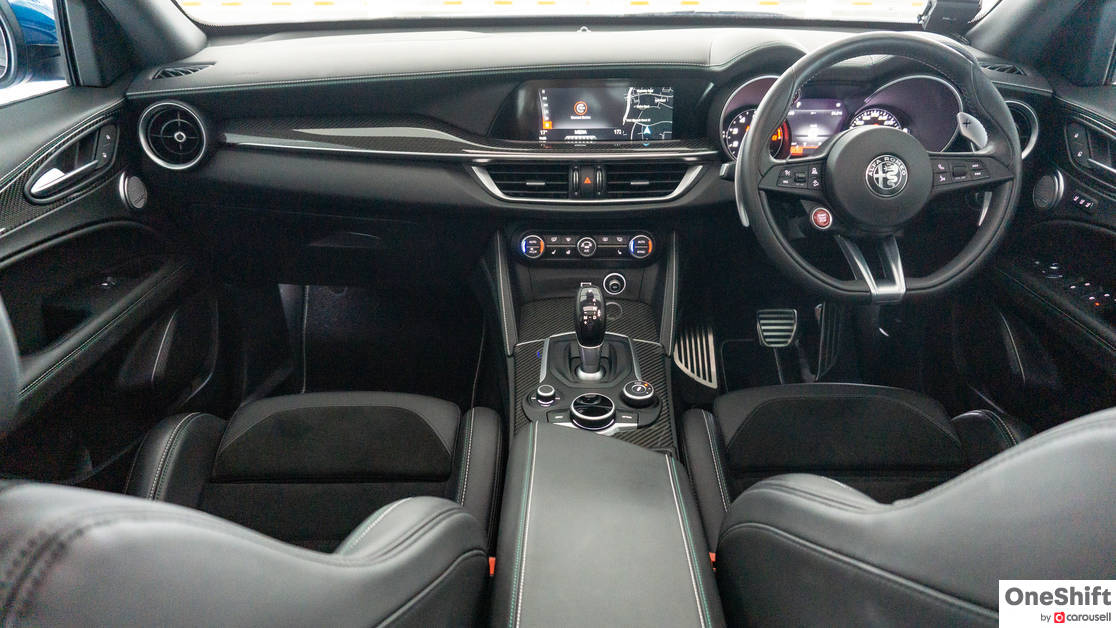
The interior is aesthetically pleasing, and borrows from Ferrari design elements like the red start/stop button mounted on the steering wheel and the large metal paddle shifters fixed to the steering column. You can use the paddles to shift to Neutral, or to go into Drive, with the idea that you can do that quicker than shifting the gear lever.
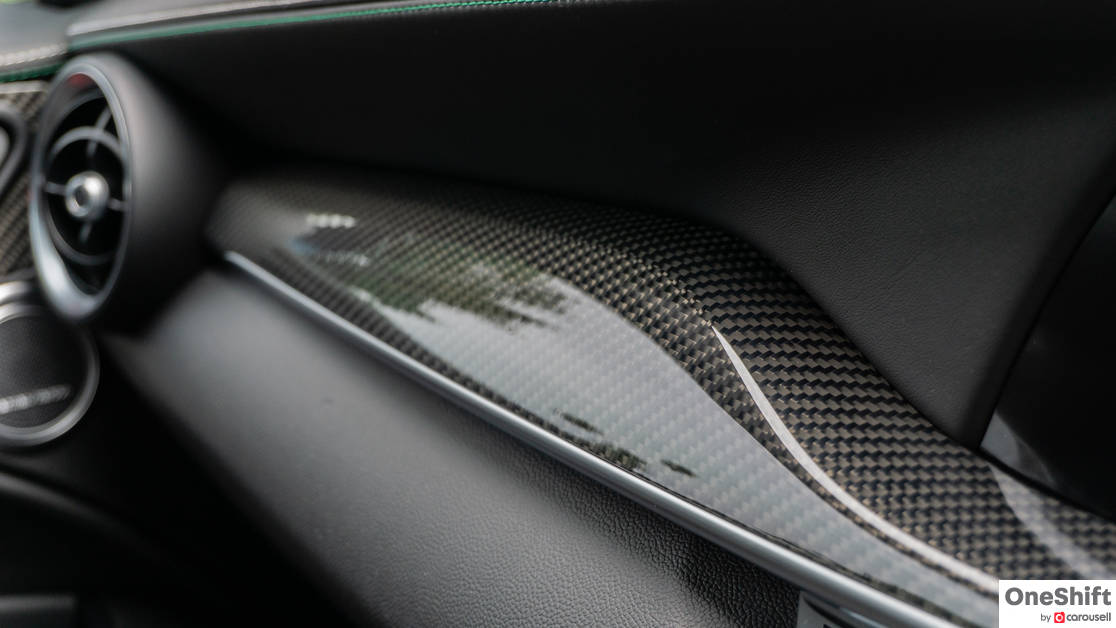
There is a generous application of carbon fibre across the interior, as well as green/white contrast stitching on the leather which are the trademark colours of the Alfa Romeo cloverleaf, a revered symbol of the Alfa Romeo race teams.

From afar, the interior is a huge step up from anything that came before the Giorgio platform. There is logic and order to the design, which makes it very livable on a day-to-day basis. The boot is large and offers flat floor loading.
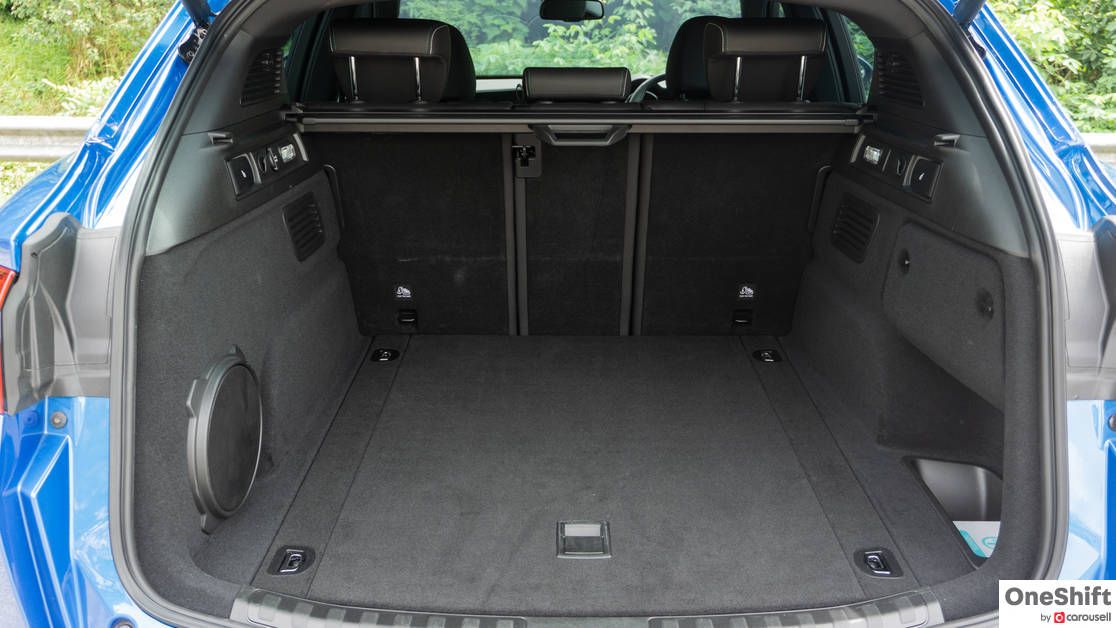
However, there are still some annoyances to contend with, at least for someone who treasures the details. The fonts of the interior buttons look cheap, while the infotainment screen is a tad small in the modern day context. While it offers Apple CarPlay / Android Auto connectivity, it isn’t a touchscreen, so it is less intuitive than it could be navigating from the control knob.
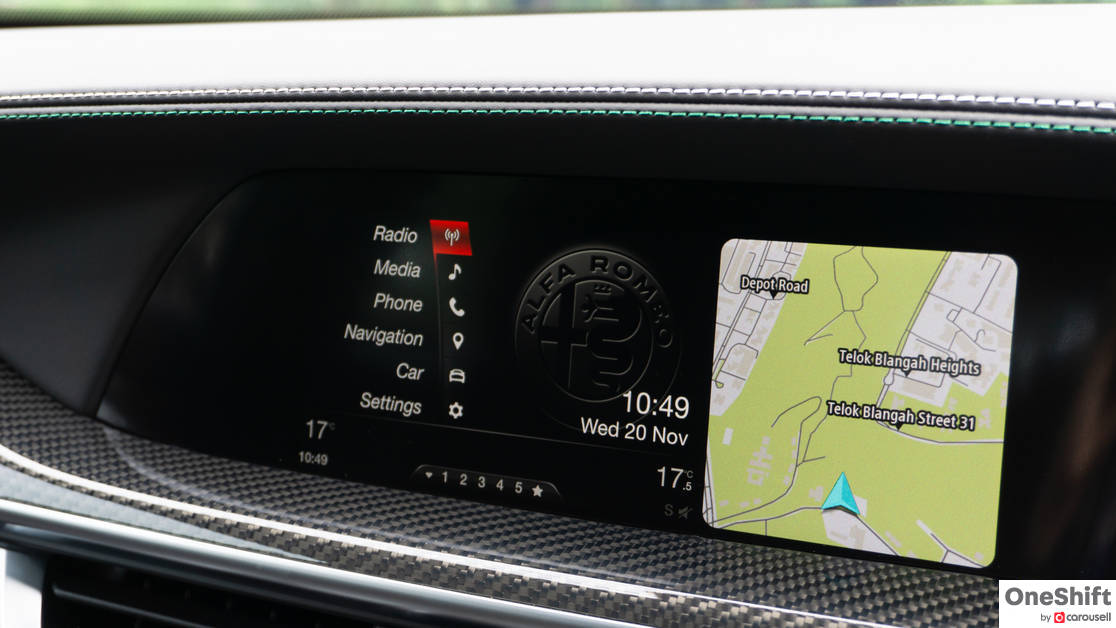
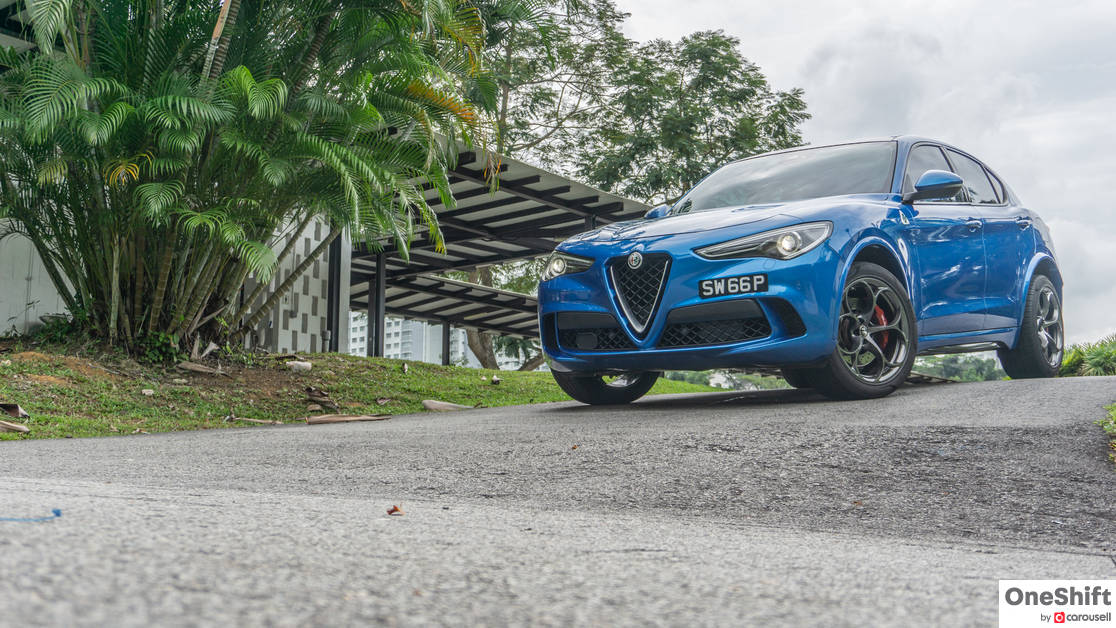
The Stelvio has near perfect 50:50 weight distribution and Alfa has worked hard to make this happen, especially in an SUV where weight should be at all the wrong places. It employed carbon fibre for the driveshaft and aluminium for various parts including the engine, suspension components, brakes, bonnet and liftgate, just to name a few. It located the heaviest components as centrally as possible. All these contribute to kerb weight of 1,830kg, approximately 100kg less than an equivalent Macan Turbo.
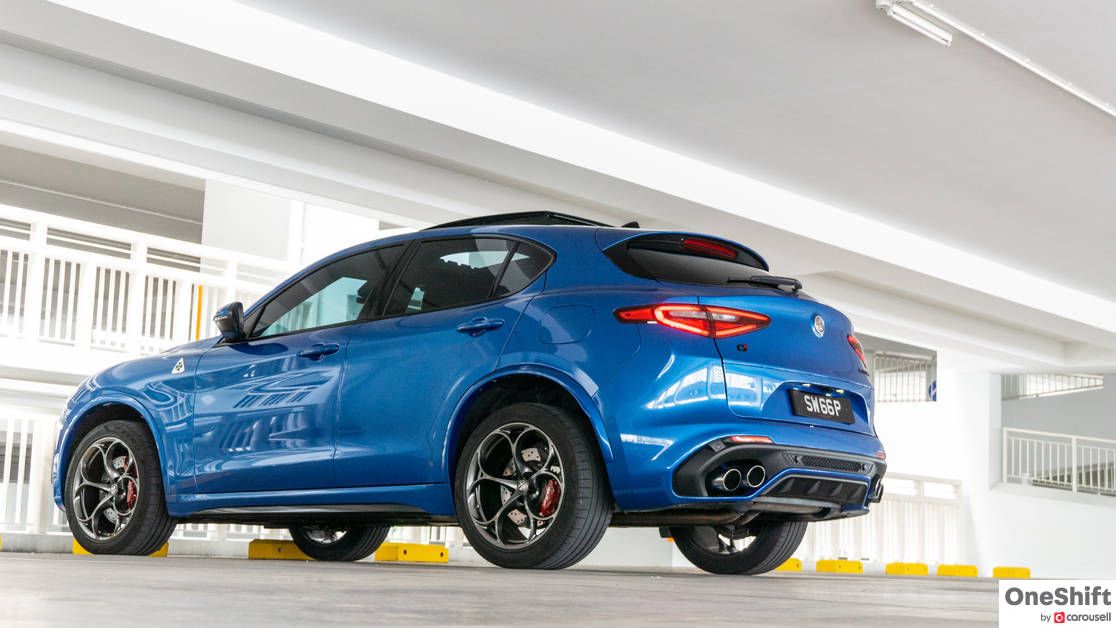
The headline figure for the Stelvio Quadrifoglio is the 510hp 2.9-litre bi-turbo V6 which, Alfa likes to emphasise, draws from Ferrari technologies and know-how. Codenamed F154, it is extremely characterful, certainly more so than anything from its German counterparts, being ‘imperfect’ in its delivery thanks to some turbo lag but all the better for it. However, I was expecting the exhaust note to be even more symphonic than the guttural voice it has. That said, every note is obviously natural, so no synthesised speaker sounds here to lambast.
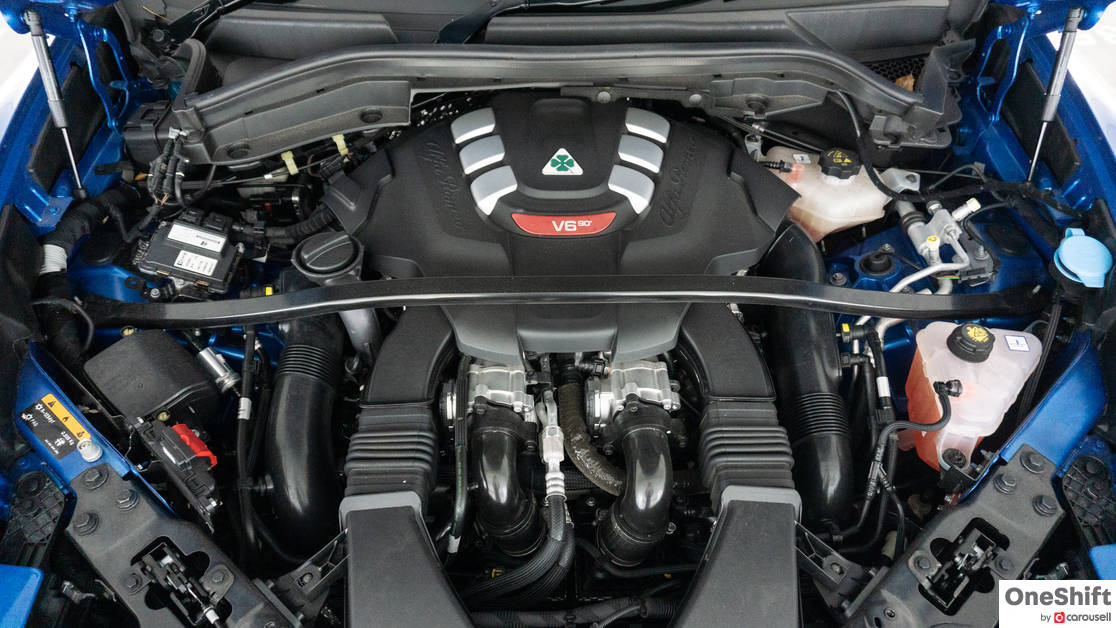
The other highlight is the 8-speed ZF gearbox. Although it is a torque converter, it shifts in just 150 milliseconds in Race mode, so fast that I thought it was a dual-clutch box. Whether you are upshifting or downshifting via the lovely paddle shifters, the box reacts so quickly and telepathically, a perfect partner to make full use of the engine’s potential. It doesn’t upshift automatically for you either at the redline, holding on to the gear for as long as you want to. My favourite settings for driving quickly is putting the Alfa DNA (Dynamic, Natural, Advanced Efficiency) to D, and to shift manually. You will always want to shift gears by yourself, because the paddles are so good to use.
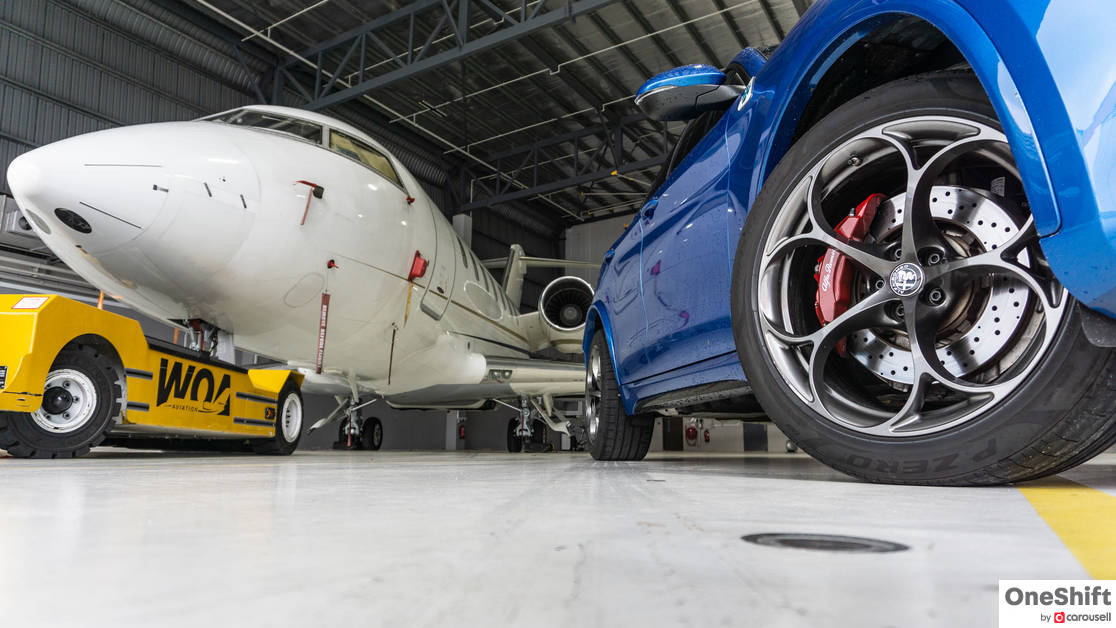
Unlike the Giulia QV, the Stelvio QV employs all wheel drive with its Q4 technology (and hence even does the 0-100km/h sprint faster than the former). Unlike more conservative systems, 100% of torque is sent to the rear axle by default, with 50% sent to the front axle when the situation calls for it. For most intents and purposes, the Stelvio QV functions as a rear-wheel drive vehicle, and it really shows when you are pushing the car hard.
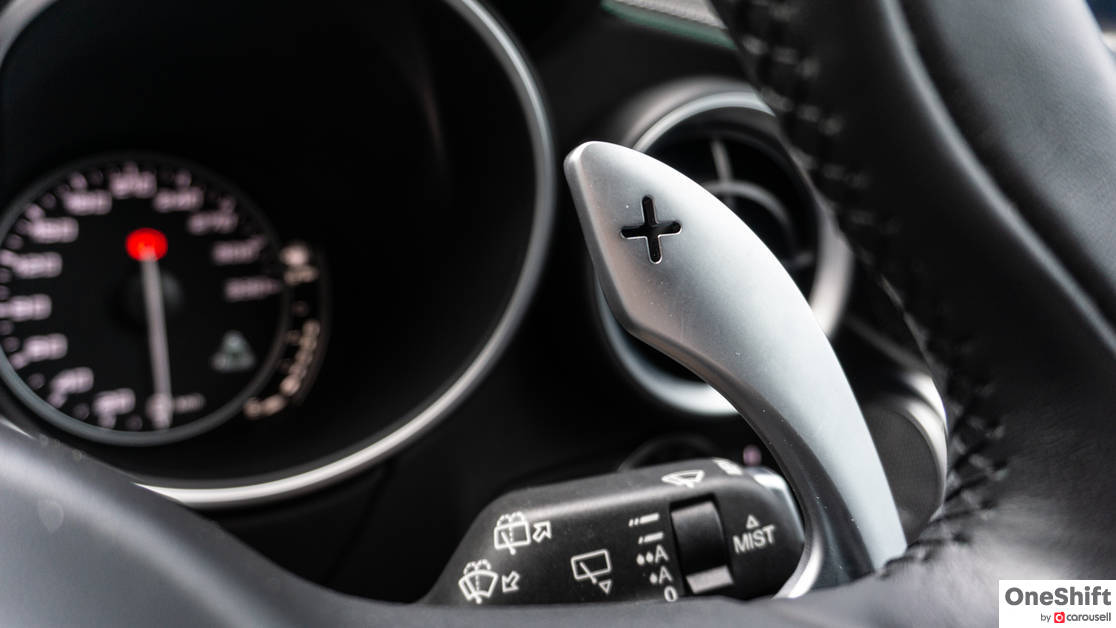
The car is a joy to drive quickly, with a clever stability system that gives you an ample safety net to have some fun way before you get to any trouble. Because of the rear-bias Q4, the car sometimes steps out of line at the limit, but ESP gently cuts in so you would hardly notice. Even in the wet, I felt really confident going quickly on tyres that were perhaps a bit too worn. Accelerating is exhilarating, although there is some lag when you first move off before the turbo boost builds up. When it comes, it is a rush all the way to the redline.
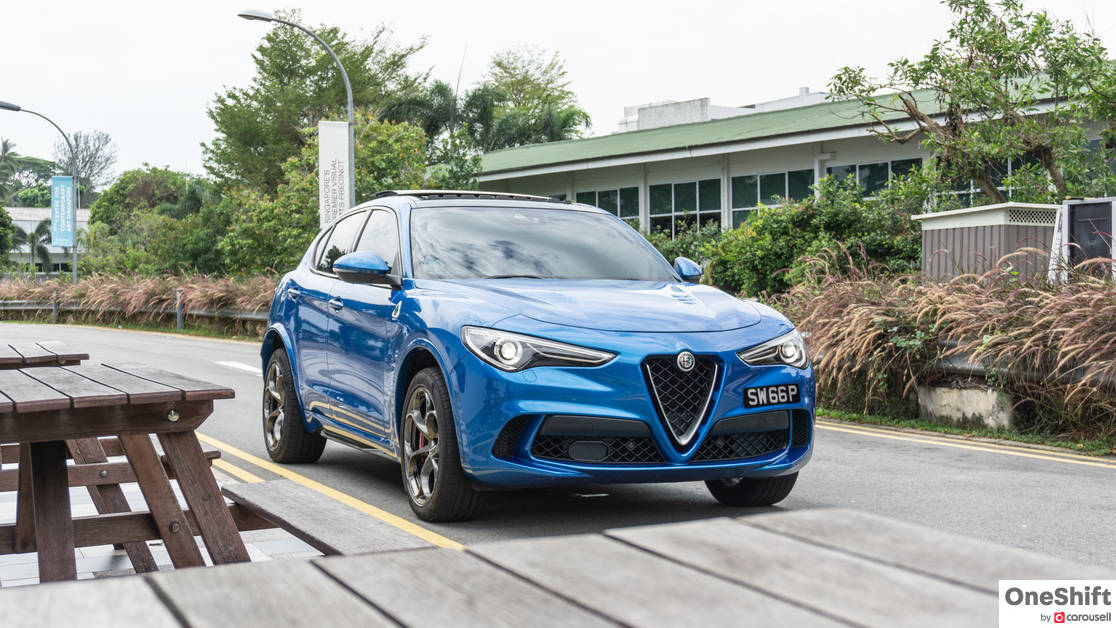
With all that speed, killing it is essential. Thankfully, the brakes are strong and offer more than enough power to reign in all 510hp. However, when we were driving it about in a normal fashion, they felt a tad too sensitive for everyday usage, and requires careful modulation if you want to prevent jerks.
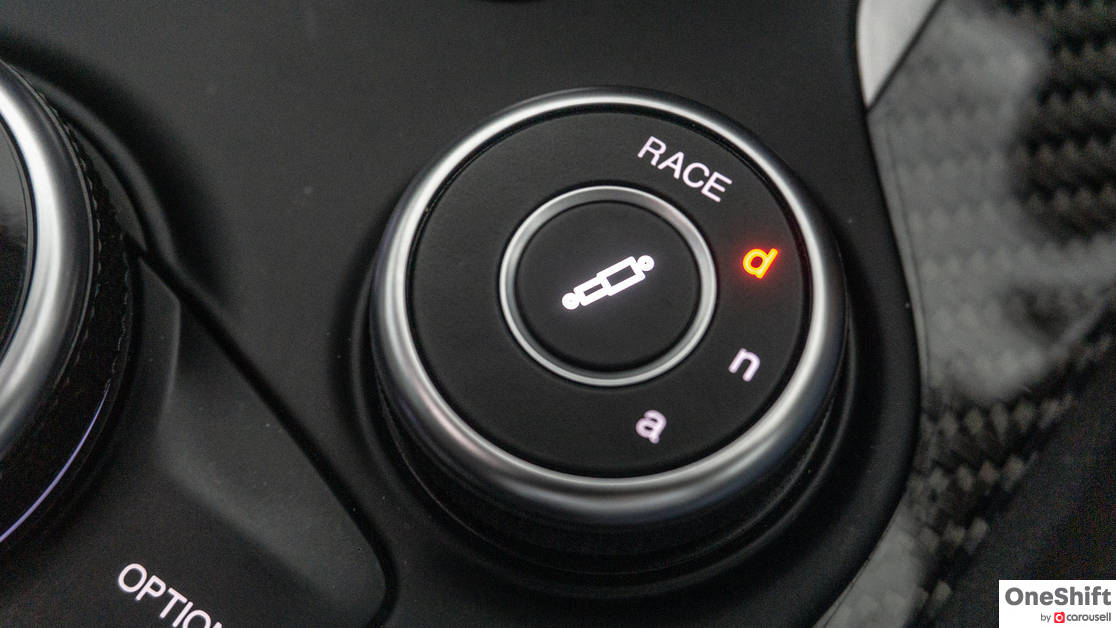
It’s worth mentioning the trick suspension, an exceptional blend of comfort and sportiness. It employs double wishbones in front and a patented four-and-a-half-link rear setup. The result is a car with minimal body roll when cornering, with well-controlled body movements especially in Dynamic mode.

The Stelvio Quadrifoglio is a fabulous drivers’ car. It is probably more fun to drive than its probable strongest competitor, the Macan Turbo. It gives slightly more feedback and involvement to the driver, because of the ultra-responsive gearbox. You’d want to be in manual more often than you expect, and so you tend to drive it harder instead of sedately leaving it in auto. The Q4 system is a stroke of genius and gives a level of adjustability that you just can’t get in a system with a fixed or less flexible power split. With 100% of power going to the rear wheels most of the time, you also feel the thrill of rear wheel drive, found more in sports cars than SUVs.

However, there are some places where it falls short. The interior already feels a bit behind the curve, despite being a huge improvement from older Alfas from the last generation. The engine, while quite characterful, is only marginally so and is not a big enough step up from its German competitors.
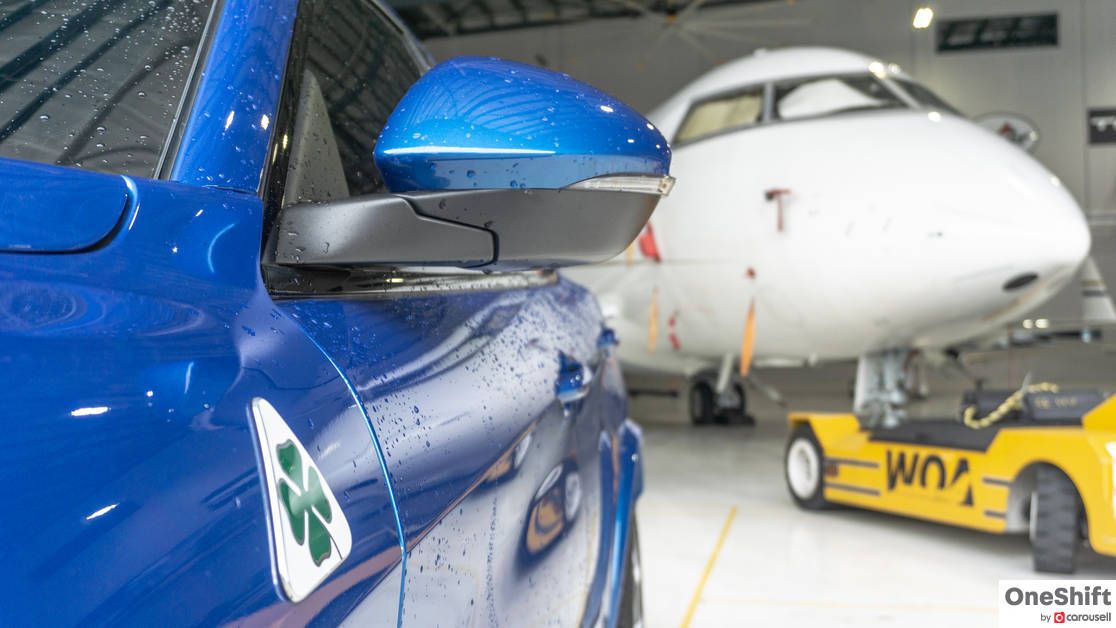
Seen in isolation, a keen driver would probably want the Stelvio Quadrifoglio in his garage after a test drive. But because the competitors are so strong and offers a better overall package, you’d really need to appreciate the superior handling and gearbox of the Stelvio to pick it over others. If you need any icing on the cake to convince you, maybe this will: in Singapore the Stelvio QV is specified with full options, only leaving out the carbon fibre sports seats and carbon ceramic brakes, so there is no expensive options list to put the price out of whack (which usually stumbles the German competitors). Another plus: the asking price is $365,000 at press time, which undercuts competitors offering the same firepower by a hefty chunk of cash. If your heart tells you to go, at least you’ll be enjoying a fully-specified car at a decent value, not forgetting that it is also one of the best Alfas made in recent memory.
*Special thanks to WingsOverAsia for allowing us to shoot at their aircraft hangar.
#SG #SUV #Roadtest #COTY #AlfaRomeo #Stelvio #Quadrifoglio #Cloverleaf #Singapore #Cars #Autos #TestDrive
Credits: James Wong






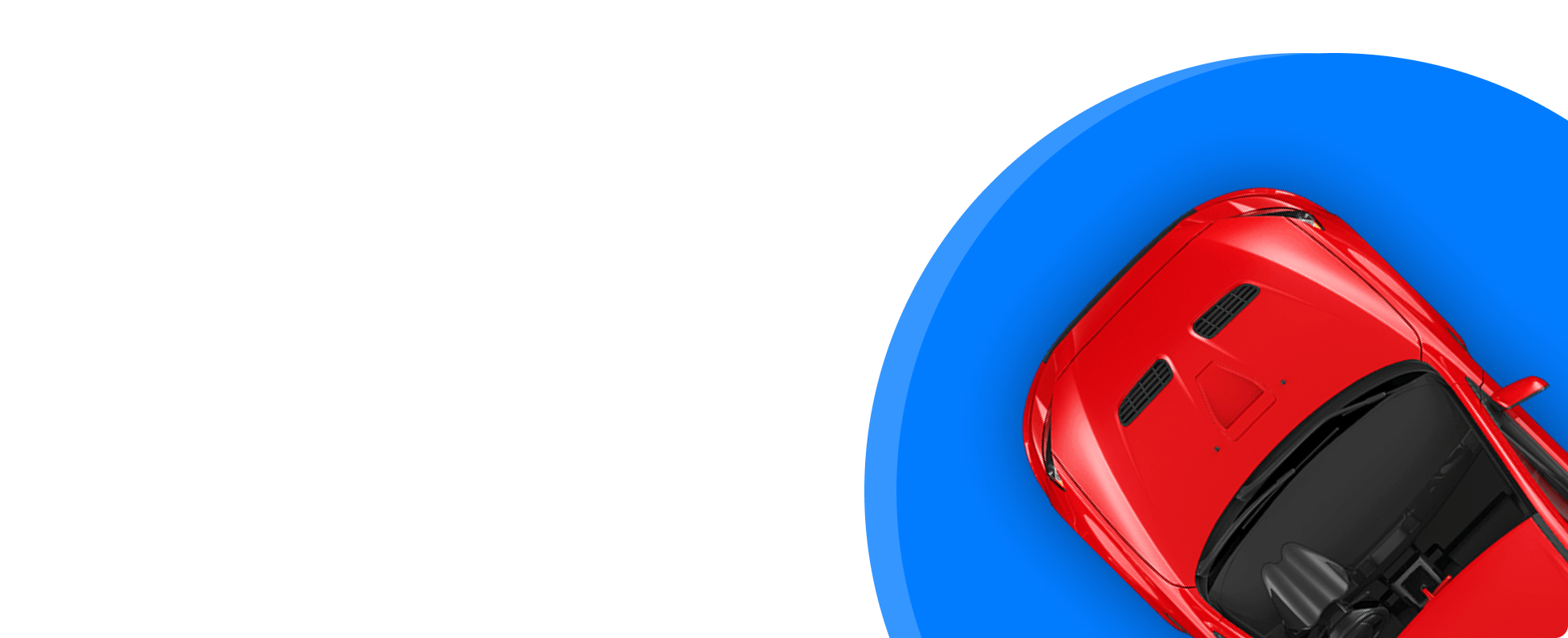
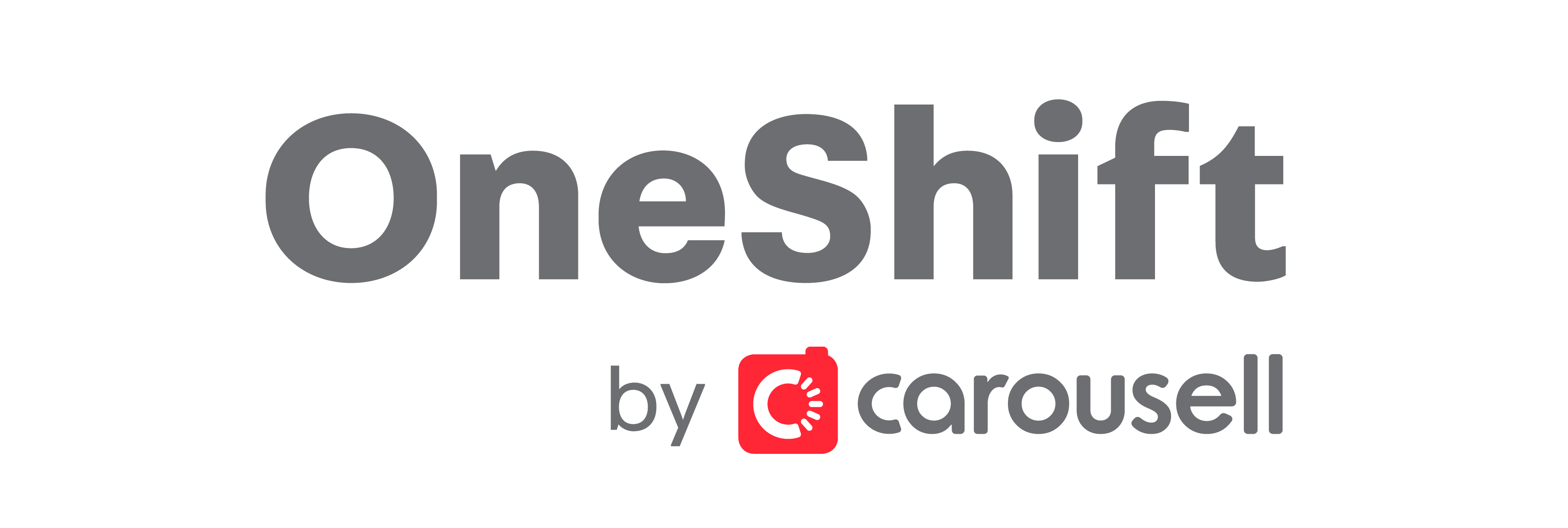
Get the Best Price for your used car
from 500+ dealers in 24 hours
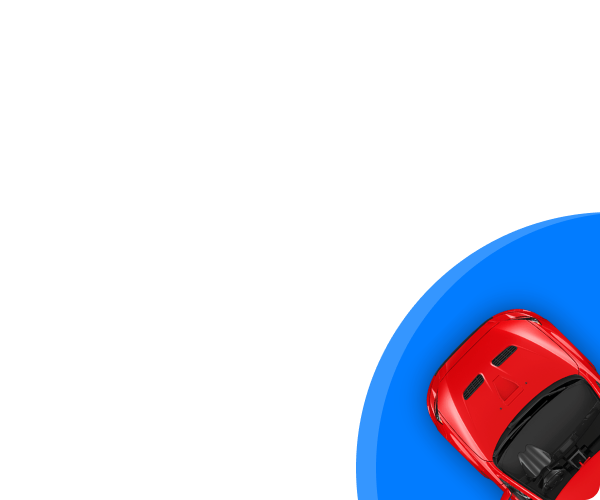
- Convenient and Hassle-Free
- Consumer Protection
Transparent Process
With No Obligation








